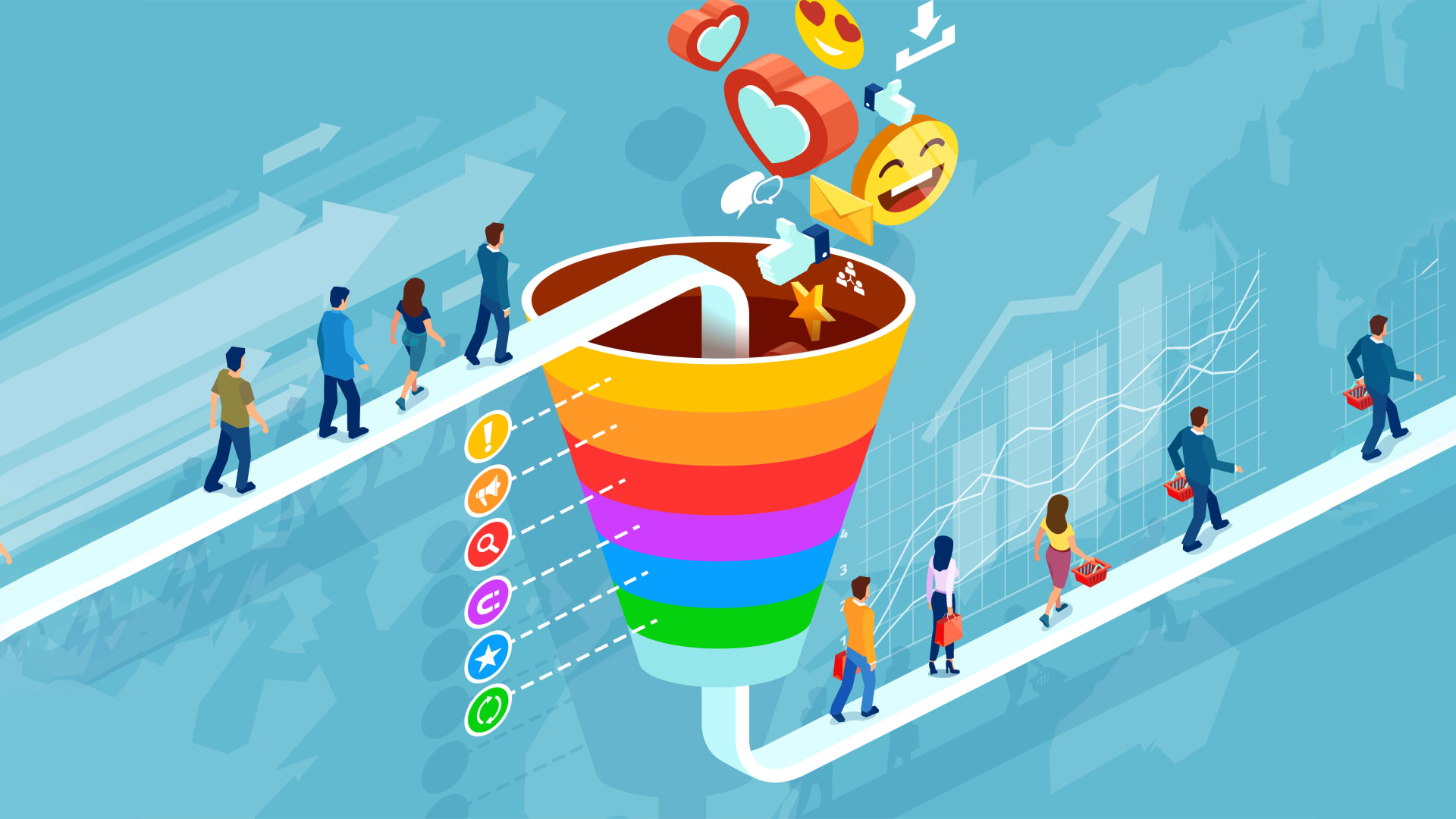
B2B Email Lead Generation: Unlocking the Power of Effective Communication
In the fast-paced world of business-to-business (B2B) marketing, generating high-quality leads is paramount. While there are various strategies to accomplish this goal, email lead generation remains a tried-and-true method for connecting with potential clients. In this article, we will delve into the intricacies of B2B email lead generation, exploring its importance, best practices, and strategies for success. Check out Lusha Alternative to learn more.
The Significance of B2B Email Lead Generation
Effective lead generation is the lifeblood of any B2B organization. It's the process of identifying and cultivating potential clients or customers who have expressed interest in your products or services. Email lead generation is particularly valuable in the B2B context for several reasons:
1. Targeted Approach
Email allows you to reach a highly targeted audience. With the right segmentation and personalization, you can tailor your message to resonate with specific industries, job roles, or pain points, increasing the likelihood of engagement.
2. Cost-Effective
Compared to traditional outbound marketing methods, email marketing is cost-effective. It eliminates the need for printing and postage costs while offering a scalable solution to reach a large number of potential clients.
3. Measurable Results
Email marketing provides valuable insights into your campaign's performance. You can track metrics such as open rates, click-through rates, and conversion rates, enabling you to refine your strategy for better results.
Best Practices for B2B Email Lead Generation
To harness the full potential of B2B email lead generation, it's essential to follow best practices that ensure your campaigns are effective and compliant with regulations. Here are some key guidelines to consider:
1. Build a High-Quality Email List
Your email list is the foundation of successful lead generation. Focus on building a list of contacts who have expressed genuine interest in your offerings. Avoid purchasing email lists, as they often lead to poor engagement and compliance issues.
2. Segment Your Audience
Segmentation is key to delivering relevant content. Divide your email list into distinct groups based on criteria such as industry, job title, or previous interactions with your brand. This allows you to tailor your messages to the specific needs and interests of each segment.
3. Craft Compelling Content
Your email content should be engaging, informative, and valuable to your recipients. Use persuasive language, compelling subject lines, and a clear call to action (CTA) to encourage recipients to take the desired action, whether it's downloading an e-book, requesting a demo, or scheduling a call.
4. Ensure Mobile Responsiveness
Many professionals check their emails on mobile devices, so your emails must be mobile-responsive. Test your email templates to ensure they display correctly on various screen sizes and devices.
5. Follow Email Marketing Regulations
Compliance with email marketing regulations, such as the CAN-SPAM Act and GDPR, is crucial. Ensure that you provide clear opt-in and opt-out options, include a physical mailing address, and honor unsubscribe requests promptly.
Strategies for Successful B2B Email Lead Generation
To optimize your B2B email lead generation efforts, consider implementing these strategies:
1. Use Marketing Automation
Marketing automation platforms can streamline your email lead generation process. They allow you to set up automated email workflows, nurture leads over time, and track their progress through the sales funnel.
2. A/B Testing
Regularly conduct A/B tests to refine your email campaigns. Test different subject lines, email copy, CTA buttons, and sending times to identify what resonates best with your audience.
3. Personalization
Personalization goes beyond using the recipient's name in the email. Tailor your content based on the recipient's industry, pain points, or previous interactions with your brand. Personalized emails tend to have higher engagement rates.
4. Nurture Leads
Not all leads are ready to make an immediate purchase decision. Implement lead nurturing campaigns to provide valuable content and build trust over time. This can help move prospects through the sales funnel at their own pace.
5. Analyze and Iterate
Regularly analyze the performance of your email lead generation campaigns. Use the insights you gather to make data-driven decisions and continuously improve your strategy.
In conclusion, B2B email lead generation remains a powerful tool for businesses looking to connect with potential clients and drive growth. By following best practices, leveraging effective strategies, and maintaining compliance with email marketing regulations, your organization can harness the full potential of email marketing in the B2B realm. Remember that successful email lead generation is an ongoing process that requires dedication, creativity, and adaptability to evolving market trends.